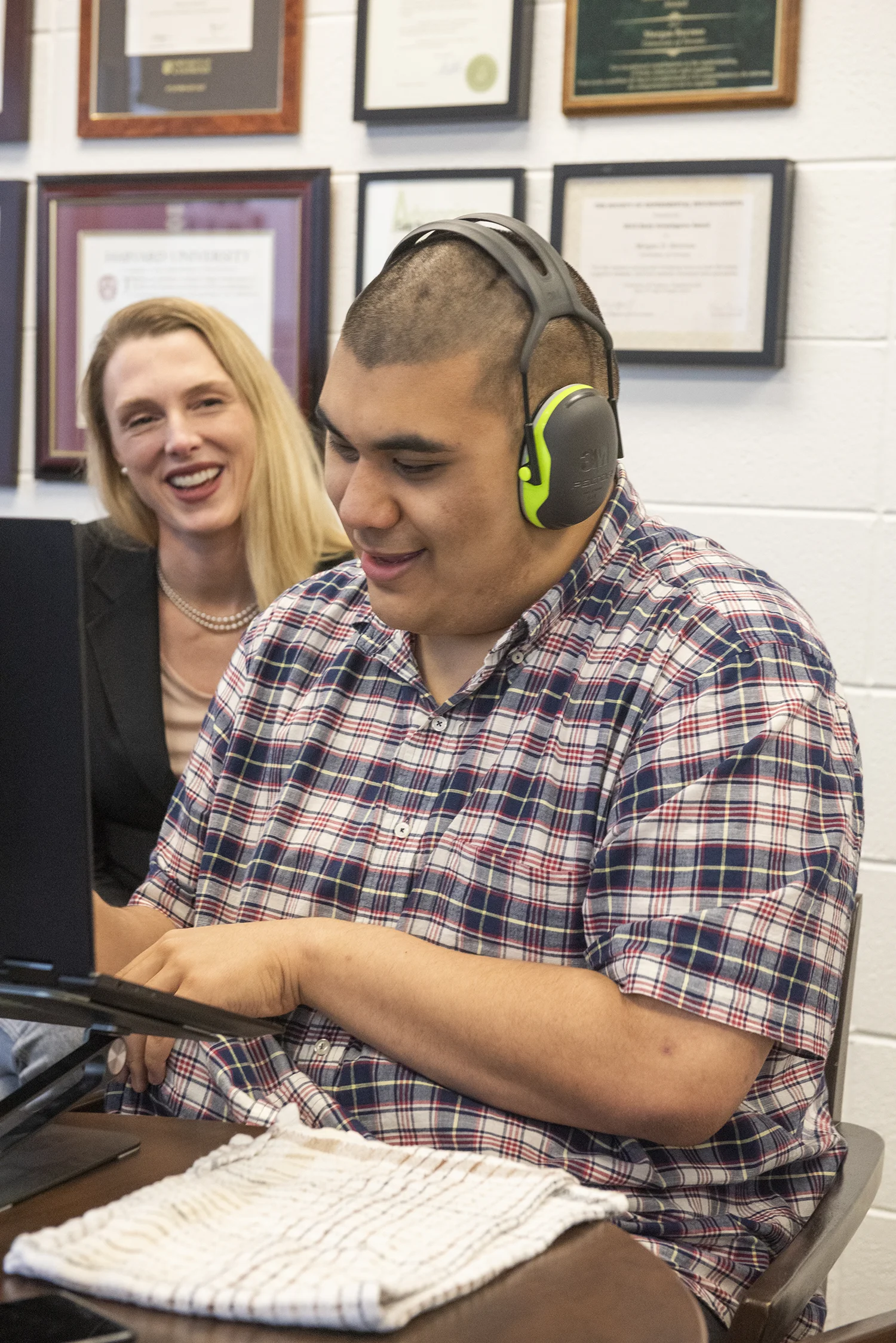The Great War – described by then-U of T president Robert Falconer as “the greatest of moral struggles” – sent many male students and alumni overseas, while women largely stayed behind to piece together daily life and contribute to the war effort in their own way.
Here, in this undated picture taken during the First World War, women in the main university library on King’s College Circle (now part of the Gerstein Science Information Centre) sew items required by the war effort. According to a Varsity article dated October 30, 1914, the Canadian Red Cross Society issued a call for everything from shirts, pyjamas and kit bags to bedding – “as some goods are better made by hand than bought.” Women at U of T – students, staff and wives of staff – worked out of rooms in several buildings across campus, including the Department of Household Science’s sewing rooms. The University Women’s Hospital Supply Association also made items for U of T’s base hospital (which was located in Greece for two years, and then in England). The Varsity reported on production across the colleges and faculties on a regular basis. In one stellar contribution, women from the Faculty of Education made 1,111 items during the fall term of 1917.
Women at U of T mobilized in numerous other ways: They raised funds through cake and candy sales, held teas, addressed envelopes, assembled comfort kits, enlisted for farm work and collected books to send overseas. The war effort demanded solidarity and selflessness, and the university’s female community responded in full force.


![Sewing for Solidarity. Photo: U of T Archives A1965-0004 [140.85]](https://stg.magazine.utoronto.ca/wp-content/uploads/2011/09/TC-sewing-for-solidarity480.png)



